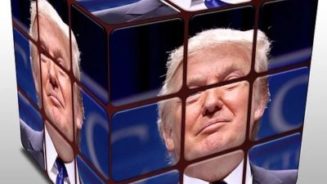According to figures from the Institute of International Finance, November saw foreign assets fly out of emerging markets assets at their fastest pace since the taper tantrum of 2013.
But, according to some emerging markets managers those initial outflows are beginning to subside as investors start differentiating between the rhetoric and the likely reality of what is to come in 2017.
That is not to say that there is a wall of money waiting to go into emerging markets or that a sharp swing toward protectionism by a Trump-led America is not one of the darker alleyways down which an EM investor could wander at present, but it does serve to reiterate that while investor knees have jerked there is actually very little clarity currently on what exactly is to come and as such there is perhaps no reason to follow that jerk with a run for the door.
Risks remain
Trump is also not the only risk facing emerging markets at the moment, nor according to delegates at our sister publication Portfolio Adviser’s Emerging Markets event in London on Thursday, was it the most serious.
"Should emerging markets successfully negotiate Trump’s presidency and, in particular, the first 60 days, the outlook is pretty good."
Asked what they believe the biggest risk currently facing emerging markets to be, by far the majority of respondents, 38.2%, said current Chinese debt levels.
This was followed by a rising dollar, with 26.5% of the vote and then, in third place, with 14.7%, Trump-led US protectionism.
That said, while there are clear risks, 32.2% of the delegates surveyed were planning to increase their weighting to emerging markets equities, while 61.3% were planning to keep their holdings static.
There are arguably two primary reasons for this. The first is that there seems to be a consensus forming that Trump’s trade policies might not be quite as extreme as they could be.




